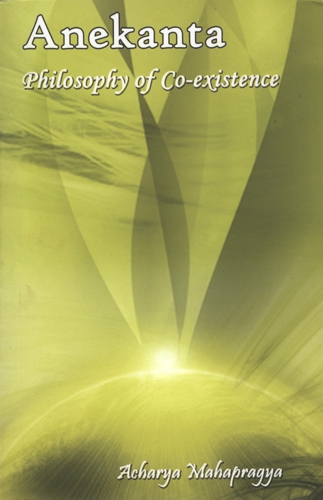Chapter 10

Non-Dualism and Dualism
Two Streams Of Philosophy
The trend of philosophy is ancient. In the history of the world two regions were scribed as the founders of philosophy: India and Greece. Indian and Greek philosophers have influenced the entire world of philosophy. Indian philosophers influenced the East while Greek philosophers influenced the Western world. The eastern philosophy is deeply influenced by Indian thought while all western philosophy is deeply influenced by Greek thoughts. Thus the philosophers of these two regions established their superiority over the whole world.
There are many philosophical trends before me. I prefer to categorise them as materialistic and spiritual. Initially man beheld the apparent. I am standing. There is a tree before me. The ease with which I am able to see the tree, I am not able to see from the ground the ant that is crawling up its trunk. This is because the tree is apparent and the ant is small and my eyes are impressed by the larger image sooner than the smaller image. Man is able to understand the apparent easily; it takes him much longer to reach the small. That which is apparent before us is matter. Philosophers saw the apparent world before all else. They saw that the world was made of earth, water, fire and air. They observed that all that they saw was a result of these elements. And these four elements created the world.
Some philosophers moved ahead. They discovered space (akash). Space is also an element, a matter. Indian philosophy fostered two streams of thought; those who based their philosophy on four elements and those who based it on five elements. There were diverse opinions on this element amongst the western philosophers too. Some said the fundamental source of all creation is water, some others believed it was air and yet others thought it was fire. All these three are thinkers of the apparent. After both these streams of thoughts, based on four and five elements developed, there arose yet again, more conflict in man's mind. He thought the material elements are devoid of consciousness. What then is consciousness? Who thinks? Who reflects? Who tries to know? Material elements do not possess the capacity to think, assimilate and acquire knowledge. He then looked towards consciousness. Consciousness cannot be found in material elements. Consciousness cannot be found in the earth, water, fire, air or space. As he kept thinking about this he came to the conclusion that consciousness is a transformation of these material elements, the resultant effect of these elements when they interact with each other. There is no element other than these. If consciousness had an independent existence separate from these material elements, then it would be visible somewhere. Like we can see drops of water, we cannot see drops of consciousness anywhere. So the materialists accepted the existence of consciousness but not as a separate entity. The second stream of thought belongs to those who did not stop at the apparent world but moved further into the world of the subtle. They saw the apparent and the subtle together. They based their thinking on the assumption that consciousness does not emanate from matter. Every particle of matter is bereft of it and so also is an intergraded compound. If none of the material elements is the material cause of consciousness then the mass produced by all of them also cannot be its material cause. Whatever is present as the material cause in each unit can only become manifest in the integrated form of all of them. The material cause of consciousness is neither the unit of any material cause nor the compound formed by them. Hence the origin of consciousness is based on something independent. After a lot of thinking and reflection they moved deeper into thoughts and perceived the origin of consciousness. They called it atma or soul, which cannot be seen or experienced by the senses. It can be seen only when going deep into the consciousness and so the philosophers who believed in the soul developed the stream of spiritual philosophy.
 Acharya Mahaprajna
Acharya Mahaprajna

